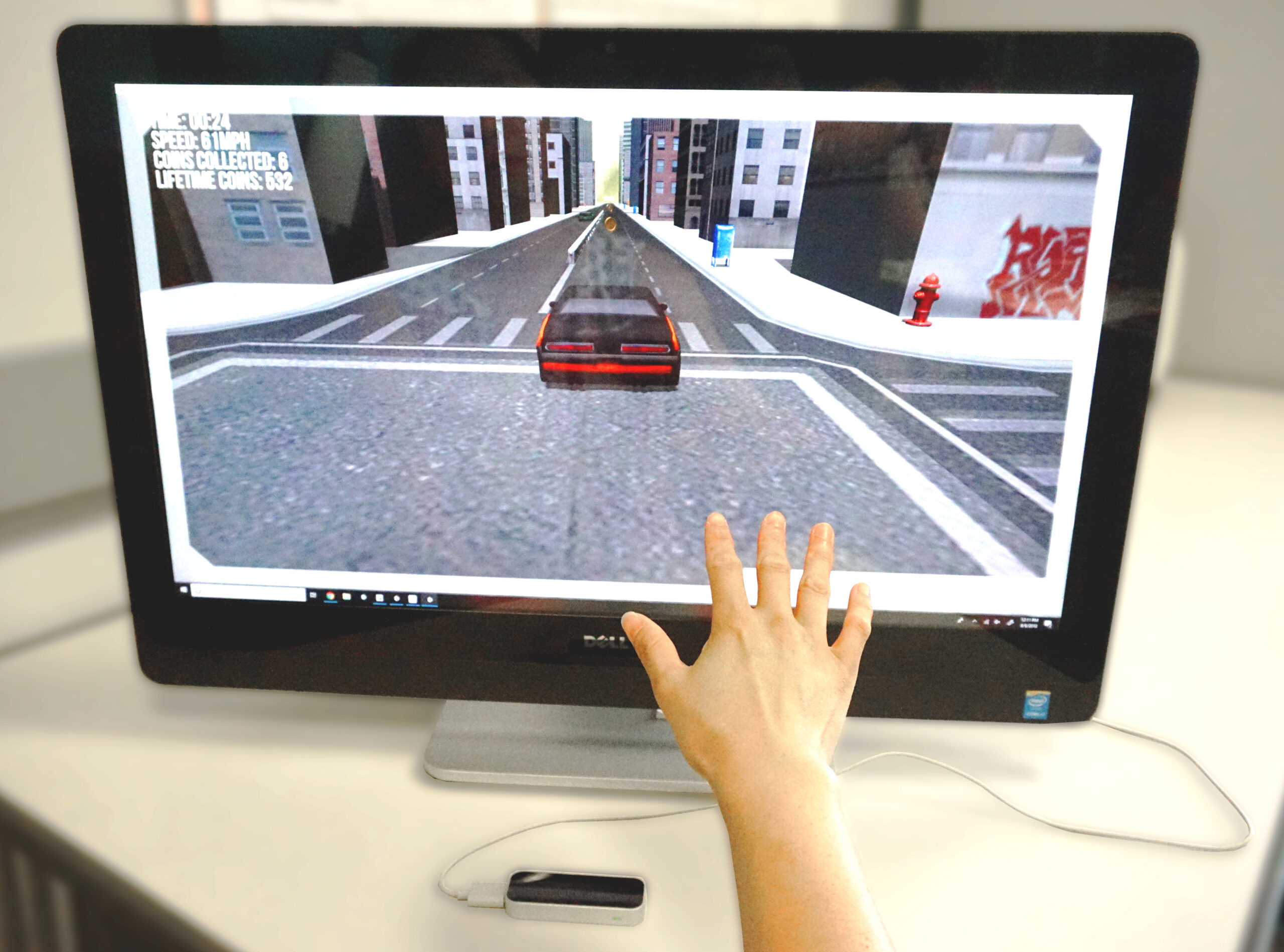Research

Testimonials
Research into Stroke, Cerebral Palsy, and Gamified Rehabilitation
Stroke is a leading cause of long-term disability. Every year, over 795,000 people in the United States have a stroke. Predictions show this number will increase every year, as the average age of first time stroke patients becomes younger. One of the most essential functions to recover after a stroke is finger, hand, and arm function, but it is also the hardest to regain. An estimated cumulative 4.6 million people in the US are living with upper extremity impairments due to stroke. After a stroke, patients need a high volume of intense hand rehabilitation in order to facilitate neuroplasticity and recover motor function. Unfortunately, due to socioeconomic restrictions and care structure in the US, there is a limitation on the quality and quantity of rehabilitation stroke survivors will receive.
Cerebral Palsy (CP) is the leading cause of motor impairment in children. According to the CDC’s Autism and Developmental Disabilities Monitoring (ADDM) Network, approximately 1 in 345 children in the United States have CP. Along with this diagnosis comes a broad range of impairments and symptoms caused by abnormal lesions in the brain acquired prior to birth or shortly after. CP is a non-progressive but permanent neurodevelopmental disorder, meaning that the brain injury will not produce further brain degeneration but cannot be healed. However, the symptoms of the brain injury might change during a lifetime, which means the child will to a certain degree be able to improve functions, but the child or young adult might also experience reduced motor function during their life. The level of severity and combination of symptoms differ from person to person, depending on the brain injury. Some might only have mild symptoms such as a weak hand affecting the ability to write and handle objects, while others might have a severe injury affecting most of the body expressed by little ability to move independently and need 24 hours assistance. Although CP is a lifelong disability, regardless of the level of impairment, therapeutic exercises are essential to either improve a skill or prevent degeneration. Unfortunately, the quality and volume of training do not often meet the demand due to the high cost of care, limited resources, and a lack of standardized care across different school districts.
Our head of research, Dr. Qiu, in collaboration with NJIT’s Neuromotor Behavior and Neurorehabilitation Engineering Lab, has been dedicated to improving stroke rehabilitation for more than 15 years by studying upper extremity rehabilitation in patients post stroke using robotic and virtual reality technologies. Their large robotic/VR rehabilitation system (RAVR) has been used in numerous research studies in the laboratory and clinics, and has been demonstrated to be a very effective system. Upon completion of the studies, many subjects asked if there was a similar but smaller system that they could use at home. Although digital Telehealth/rehab is widespread for psychological or cognitive visits, there is little available offering remote supervised physical rehabilitation with built in tracking specific to the hands and fingers. This inspired the team to begin working on a remote way to deliver therapy in the patients’ homes. Our goal is for therapists to be able to integrate our remote solution into their exercise regimens in the field.
NeurotechR3, Inc. was awarded a National Science Foundation (NSF) Small Business Technology Transfer (STTR) grant to conduct research and development (R&D) work on a telerehabilitation device that promotes neuroplasticity for motor recovery through video games, and helps stroke patients recover function in their fingers, hand and arm.
This work took goal based games that have been demonstrated to be successful for stroke rehabilitation in the laboratory and acute rehabilitation hospitals and applied them on a smaller scale to develop an affordable, engaging, and easy to use system. It has the potential to improve the lives of millions of people suffering from impairments after stroke, and contribute to the overall improvement of human health and wellbeing
